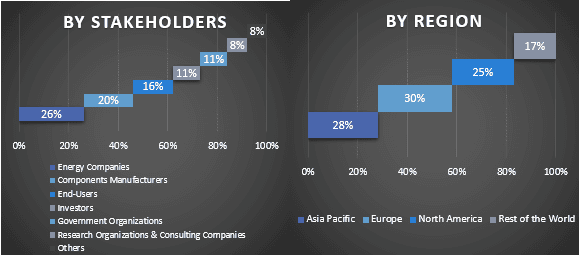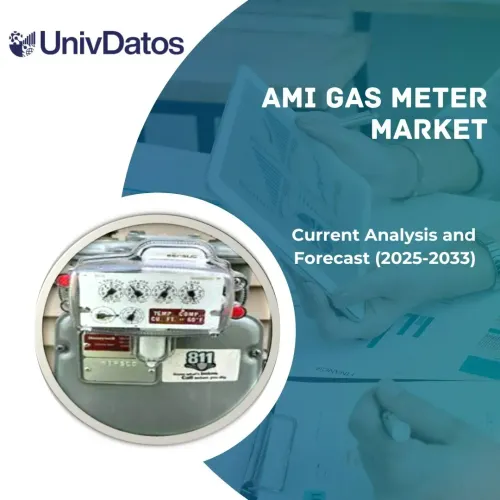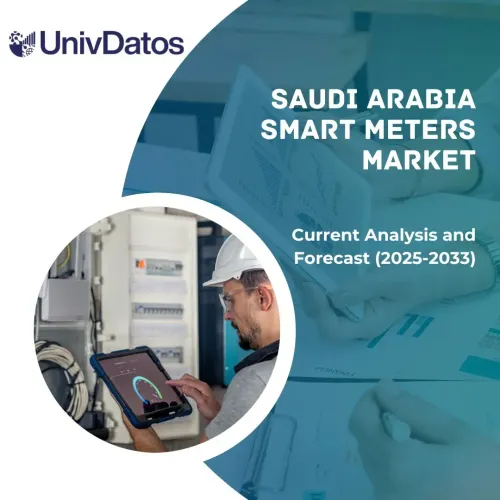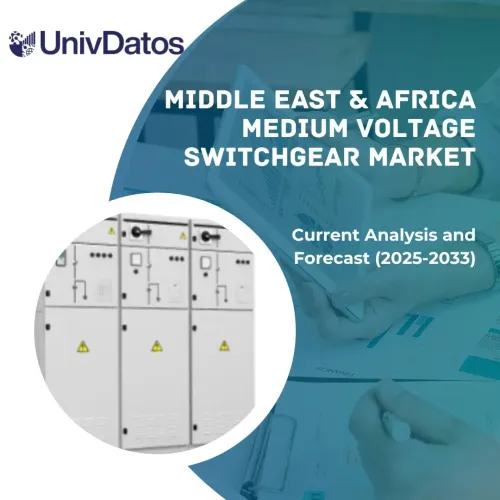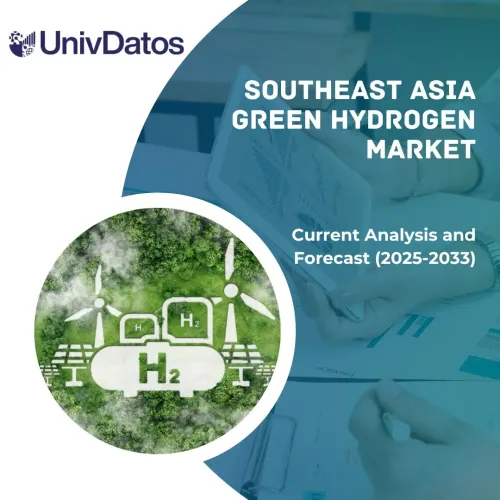- Home
- Chi siamo
- Settore
- Servizi
- Lettura
- Contattaci
Mercato degli inibitori di incrostazioni nei giacimenti petroliferi: Analisi attuale e previsioni (2024-2032)
Enfasi sul tipo (fosfonati, carbossilato/acrilato, solfonati e altri), applicazione (onshore e offshore) e regione/paese.
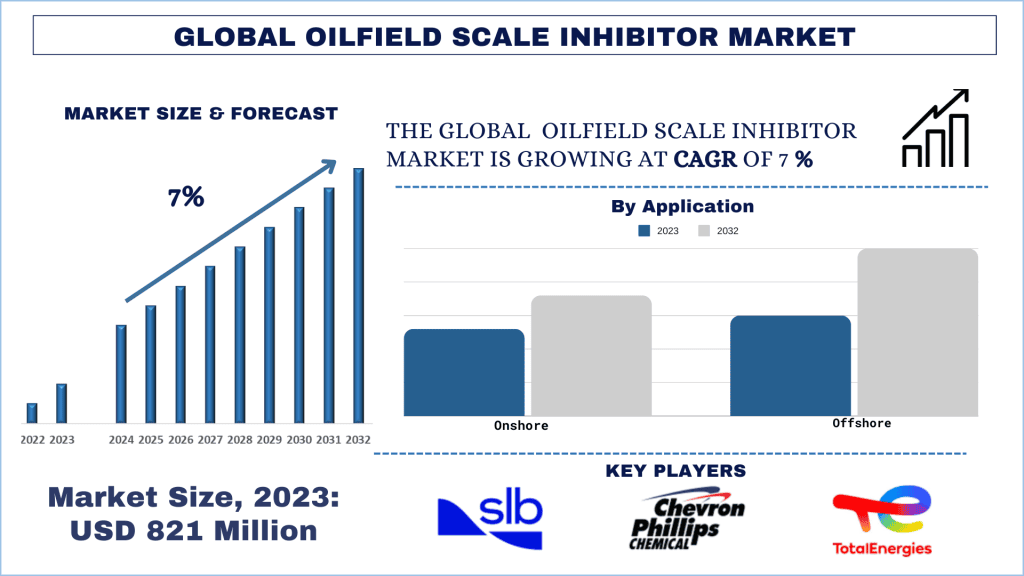
Dimensione e previsioni del mercato degli inibitori di incrostazioni per giacimenti petroliferi
Il mercato degli inibitori di incrostazioni per giacimenti petroliferi è stato valutato a 821 milioni di dollari nel 2023 e si prevede che crescerà a un robusto CAGR di circa il 7% durante il periodo di previsione (2024-2032).
Analisi del mercato degli inibitori di incrostazioni per giacimenti petroliferi
La crescita del mercato degli inibitori di incrostazioni per giacimenti petroliferi non è solo il risultato dell'aumento della domanda, ma anche una testimonianza dell'implacabile ricerca di innovazione da parte del settore. I progressi nelle formulazioni chimiche, nei sistemi di erogazione e nelle tecnologie di monitoraggio hanno rivoluzionato il modo in cui gli inibitori di incrostazioni vengono implementati e utilizzati. Inoltre, lo spostamento del settore verso la perforazione offshore e l'esplorazione di giacimenti non convenzionali ha accresciuto la necessità di soluzioni di gestione delle incrostazioni più robuste e adattabili. Mentre le operazioni petrolifere e del gas si avventurano in ambienti sempre più impegnativi, la domanda di inibitori di incrostazioni per giacimenti petroliferi su misura è aumentata, guidando la crescita del mercato.
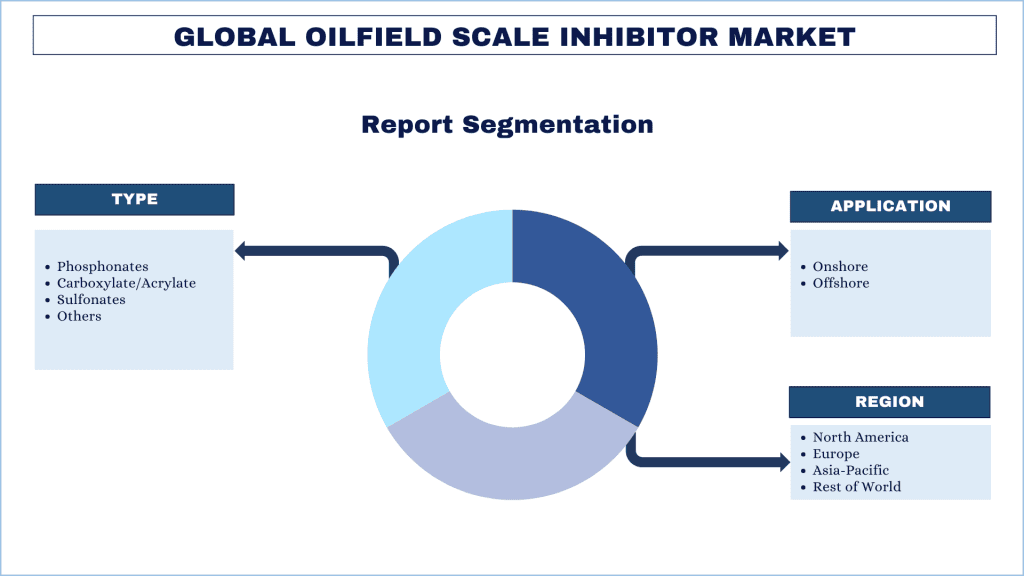
Tendenze del mercato degli inibitori di incrostazioni per giacimenti petroliferi
Il mercato globale degli inibitori di incrostazioni per giacimenti petroliferi sta assistendo a una crescita senza precedenti, trainata dalla crescente domanda di petrolio e gas. Uno dei segmenti chiave che guidano questa crescita è il segmento offshore, che si prevede registrerà una significativa espansione nei prossimi anni.
Una crescente domanda di idrocarburi
La dipendenza mondiale dagli idrocarburi è innegabile. Con la continua crescita dell'economia globale, aumenta anche la domanda di energia. Il petrolio e il gas sono molto richiesti come fonti di energia primaria. Sono una parte essenziale della crescita economica mondiale. Gli idrocarburi sono immensamente utilizzati in vari settori. Questa crescente domanda di idrocarburi sta guidando lo sviluppo del mercato degli inibitori di incrostazioni per giacimenti petroliferi, in particolare nel segmento offshore.
Il segmento offshore: un motore chiave della crescita
Si prevede che il segmento offshore del mercato degli inibitori di incrostazioni per giacimenti petroliferi registrerà una crescita significativa nei prossimi anni. Ciò è dovuto all'aumento delle attività di esplorazione e produzione nei giacimenti offshore. L'aumento delle attività di perforazione in acque profonde e ultra-profonde ha portato a una maggiore domanda di prodotti inibitori di incrostazioni per giacimenti petroliferi. Con la continua crescita della domanda globale di energia, le compagnie petrolifere e del gas sono costrette a esplorare fonti di energia nuove e non convenzionali, compresi i giacimenti offshore.
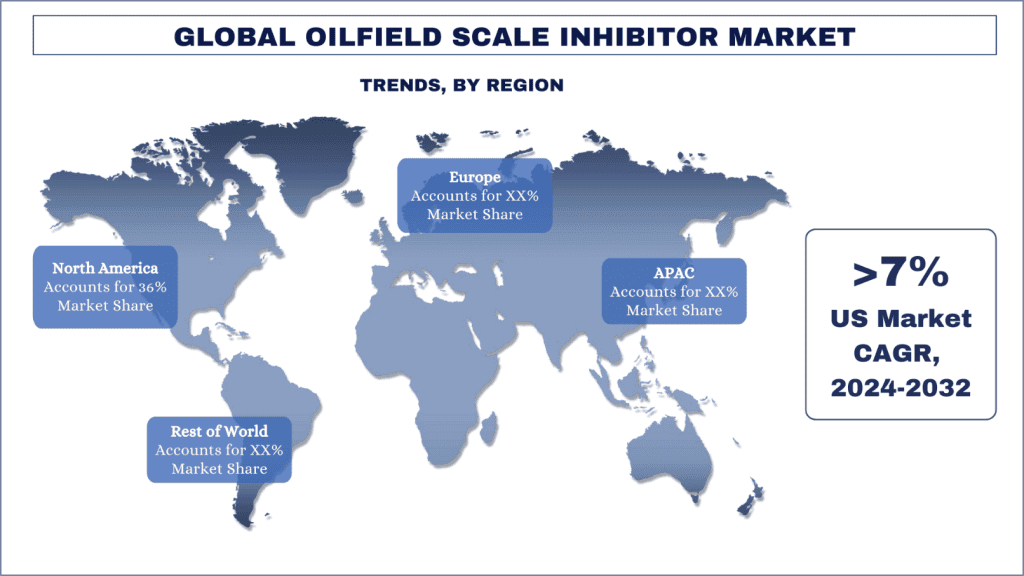
Si prevede che l'Asia Pacifico crescerà con un CAGR significativo durante il periodo di previsione.
La regione Asia-Pacifico sta contribuendo in modo significativo alla crescita del mercato degli inibitori di incrostazioni per giacimenti petroliferi. Alcuni paesi della regione sono significativi nel guidare questa crescita. Ad esempio, la Cina è il più grande consumatore di petrolio e gas della regione grazie alla sua vasta base industriale e alla sua popolazione in espansione. Si prevede che l'industria petrolifera e del gas del paese continuerà a crescere, grazie alle iniziative del governo per aumentare la produzione interna e ridurre la dipendenza dalle importazioni. Anche l'India, un altro attore chiave nella regione, sta registrando una crescita sostanziale nel suo settore petrolifero e del gas, guidata dalle iniziative del governo per promuovere le attività di esplorazione e produzione.
Panoramica del settore degli inibitori di incrostazioni per giacimenti petroliferi
Il mercato degli inibitori di incrostazioni per giacimenti petroliferi è competitivo e frammentato, con diversi attori di mercato globali e internazionali. I principali attori stanno adottando diverse strategie di crescita per migliorare la loro presenza sul mercato, come partnership, accordi, collaborazioni, lanci di nuovi prodotti, espansioni geografiche e fusioni e acquisizioni. Alcuni dei principali attori che operano nel mercato sono Dow, Halliburton Energy Services, Inc., Shell International B.V, SLB, Chevron Phillips Chemical Company LLC, TechnipFMC plc, Baker Hughes Company, TotalEnergies, Equinor ASA e CIC Group Inc.
Notizie sul mercato degli inibitori di incrostazioni per giacimenti petroliferi
- Nel maggio 2024, SONATRACH ha selezionato la società per un progetto gasifero nel giacimento di gas Hassi R'Mel in Algeria, Africa.
Copertura del rapporto sul mercato degli inibitori di incrostazioni per giacimenti petroliferi
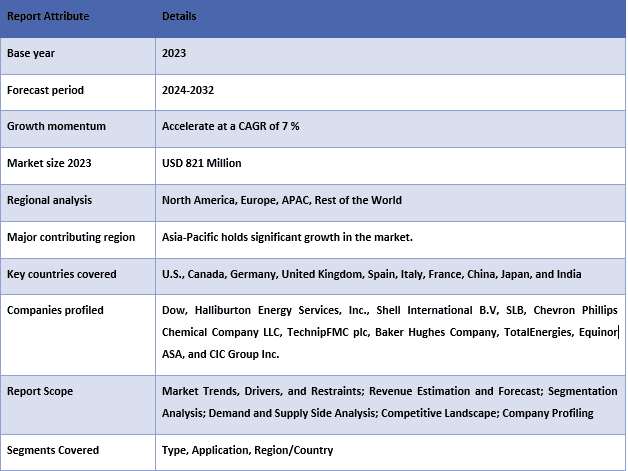
Motivi per acquistare questo rapporto:
- Lo studio include analisi di dimensionamento e previsione del mercato convalidate da esperti chiave del settore autenticati.
- Il rapporto esamina brevemente la performance complessiva del settore a colpo d'occhio.
- Il rapporto copre un'analisi approfondita dei principali operatori del settore con un focus primario sulle principali finanze aziendali, sui portafogli di prodotti, sulle strategie di espansione e sui recenti sviluppi.
- Esame dettagliato dei driver, dei vincoli, delle tendenze chiave e delle opportunità prevalenti nel settore.
- Lo studio copre in modo completo il mercato in diversi segmenti.
- Analisi approfondita a livello regionale del settore.
Opzioni di personalizzazione:
Il mercato globale degli inibitori di incrostazioni per giacimenti petroliferi può essere ulteriormente personalizzato in base alle esigenze o a qualsiasi altro segmento di mercato. Oltre a questo, UMI comprende che potresti avere le tue esigenze aziendali, quindi sentiti libero di metterti in contatto con noi per ottenere un rapporto che si adatti completamente alle tue esigenze.
Indice
Metodologia di ricerca per l'analisi del mercato degli inibitori di incrostazioni per giacimenti petroliferi (2024-2032)
L'analisi del mercato storico, la stima del mercato attuale e la previsione del mercato futuro del mercato globale degli inibitori di incrostazioni per giacimenti petroliferi sono stati i tre passaggi principali intrapresi per creare e analizzare l'adozione di inibitori di incrostazioni per giacimenti petroliferi nelle principali regioni a livello globale. È stata condotta un'esauriente ricerca secondaria per raccogliere i dati storici del mercato e stimare le dimensioni del mercato attuale. In secondo luogo, per convalidare queste intuizioni, sono state prese in considerazione numerose scoperte e ipotesi. Inoltre, sono state condotte anche esaurienti interviste primarie con esperti del settore in tutta la catena del valore del mercato globale degli inibitori di incrostazioni per giacimenti petroliferi. Postulando e convalidando i dati di mercato attraverso interviste primarie, abbiamo impiegato un approccio top-down/bottom-up per prevedere le dimensioni complete del mercato. Successivamente, sono stati adottati metodi di suddivisione del mercato e di triangolazione dei dati per stimare e analizzare le dimensioni del mercato dei segmenti e sottosegmenti del settore. La metodologia dettagliata è spiegata di seguito:
Analisi delle dimensioni del mercato storico
Passaggio 1: Studio approfondito delle fonti secondarie:
È stato condotto uno studio secondario dettagliato per ottenere le dimensioni storiche del mercato degli inibitori di incrostazioni per giacimenti petroliferi attraverso fonti interne aziendali come relazioni annuali e bilanci, presentazioni sulle prestazioni, comunicati stampa, ecc. e fonti esterne, tra cui riviste, notizie e articoli, pubblicazioni governative, pubblicazioni della concorrenza, rapporti di settore, database di terze parti, e altre pubblicazioni credibili.
Passaggio 2: Segmentazione del mercato:
Dopo aver ottenuto le dimensioni storiche del mercato degli inibitori di incrostazioni per giacimenti petroliferi, abbiamo condotto un'analisi secondaria dettagliata per raccogliere approfondimenti storici sul mercato e quote per diversi segmenti e sottosegmenti per le principali regioni. I principali segmenti inclusi nel rapporto sono tipo e applicazione. Ulteriori analisi a livello di paese sono state condotte per valutare l'adozione complessiva.
Passaggio 3: Analisi dei fattori:
Dopo aver acquisito le dimensioni storiche del mercato di diversi segmenti e sottosegmenti, abbiamo condotto un'analisi dettagliata dei fattori per stimare le dimensioni attuali del mercato degli inibitori di incrostazioni per giacimenti petroliferi. Inoltre, abbiamo condotto un'analisi dei fattori utilizzando variabili dipendenti e indipendenti come il tipo e l'applicazione del mercato degli inibitori di incrostazioni per giacimenti petroliferi. È stata condotta un'analisi approfondita degli scenari lato domanda e offerta, considerando le principali partnership, fusioni e acquisizioni, espansione aziendale e lanci di prodotti nel settore globale del mercato degli inibitori di incrostazioni per giacimenti petroliferi.
Stima e previsione delle dimensioni del mercato attuale
Dimensionamento del mercato attuale: Sulla base di approfondimenti attuabili derivanti dai 3 passaggi precedenti, siamo giunti alle dimensioni attuali del mercato, ai principali attori del mercato globale degli inibitori di incrostazioni per giacimenti petroliferi e alle quote di mercato dei segmenti. Tutte le quote percentuali richieste e le suddivisioni del mercato sono state determinate utilizzando l'approccio secondario sopra menzionato e sono state verificate attraverso interviste primarie.
Stima e previsione: Per la stima e la previsione del mercato, sono stati assegnati pesi diversi a vari fattori, tra cui driver e tendenze, vincoli e opportunità disponibili per le parti interessate. Dopo aver analizzato questi fattori, sono state applicate tecniche di previsione pertinenti, ovvero l'approccio top-down/bottom-up, per giungere alla previsione di mercato per il 2032 per diversi segmenti e sottosegmenti nei principali mercati a livello globale. La metodologia di ricerca adottata per stimare le dimensioni del mercato comprende:
- Le dimensioni del mercato del settore, in termini di entrate (USD) e il tasso di adozione del mercato degli inibitori di incrostazioni per giacimenti petroliferi nei principali mercati a livello nazionale.
- Tutte le quote percentuali, le suddivisioni e le ripartizioni dei segmenti e sottosegmenti di mercato
- I principali attori nel mercato globale degli inibitori di incrostazioni per giacimenti petroliferi in termini di prodotti offerti. Inoltre, le strategie di crescita adottate da questi attori per competere nel mercato in rapida crescita.
Convalida delle dimensioni e della quota di mercato
Ricerca primaria: Sono state condotte interviste approfondite con i Key Opinion Leaders (KOL) tra cui dirigenti di alto livello (CXO/VP, responsabile vendite, responsabile marketing, responsabile operativo, responsabile regionale, responsabile paese, ecc.) nelle principali regioni. I risultati della ricerca primaria sono stati quindi riassunti ed è stata eseguita un'analisi statistica per dimostrare l'ipotesi dichiarata. I contributi della ricerca primaria sono stati consolidati con i risultati secondari, trasformando quindi le informazioni in approfondimenti attuabili.
Suddivisione dei partecipanti primari in diverse regioni
Ingegneria del mercato
La tecnica di triangolazione dei dati è stata impiegata per completare la stima complessiva del mercato e per giungere a numeri statistici precisi per ciascun segmento e sottosegmento del mercato globale degli inibitori di incrostazioni per giacimenti petroliferi. Dopo aver studiato vari parametri e tendenze nel tipo e nell'applicazione del mercato globale degli inibitori di incrostazioni per giacimenti petroliferi, i dati sono stati suddivisi in diversi segmenti e sottosegmenti.
L'obiettivo principale dello studio sul mercato globale degli inibitori di incrostazioni per giacimenti petroliferi
Le tendenze di mercato attuali e future del mercato globale degli inibitori di incrostazioni per giacimenti petroliferi sono state individuate nello studio. Gli investitori possono ottenere approfondimenti strategici per basare la loro discrezione per gli investimenti sull'analisi qualitativa e quantitativa eseguita nello studio. Le tendenze di mercato attuali e future hanno determinato l'attrattiva complessiva del mercato a livello regionale, fornendo una piattaforma per il partecipante industriale per sfruttare il mercato non sfruttato per beneficiare di un vantaggio di pioniere. Altri obiettivi quantitativi degli studi includono:
- Analizzare le dimensioni del mercato attuali e previste del mercato degli inibitori di incrostazioni per giacimenti petroliferi in termini di valore (USD) e le dimensioni del mercato attuali e previste di diversi segmenti e sottosegmenti.
- I segmenti nello studio includono aree di tipo e applicazione.
- Definire e analizzare il quadro normativo per l'inibitore di incrostazioni per giacimenti petroliferi
- Analizzare la catena del valore coinvolta con la presenza di vari intermediari, insieme all'analisi del comportamento dei clienti e dei concorrenti del settore.
- Analizzare le dimensioni del mercato attuali e previste del mercato degli inibitori di incrostazioni per giacimenti petroliferi per la regione principale.
- I principali paesi delle regioni studiate nel rapporto includono Asia Pacifico, Europa, Nord America e il resto del mondo
- Profili aziendali del mercato degli inibitori di incrostazioni per giacimenti petroliferi e le strategie di crescita adottate dagli operatori di mercato per sostenersi nel mercato in rapida crescita.
- Analisi approfondita a livello regionale del settore.
Domande frequenti FAQ
D1: Qual è la dimensione attuale del mercato degli inibitori di incrostazioni per giacimenti petroliferi e il suo potenziale di crescita?
Q2: Quali sono i fattori trainanti per la crescita del mercato degli inibitori di incrostazioni nei giacimenti petroliferi?
Q3: Quale segmento detiene la quota di mercato maggiore di inibitori di incrostazioni nei giacimenti petroliferi in base all'applicazione?
Q4: Quali sono le tecnologie e le tendenze emergenti nel mercato degli inibitori di incrostazioni nei giacimenti petroliferi?
Q5: Quale regione dominerà il mercato degli inibitori di incrostazioni per giacimenti petroliferi?
Correlati Report
I clienti che hanno acquistato questo articolo hanno acquistato anche

